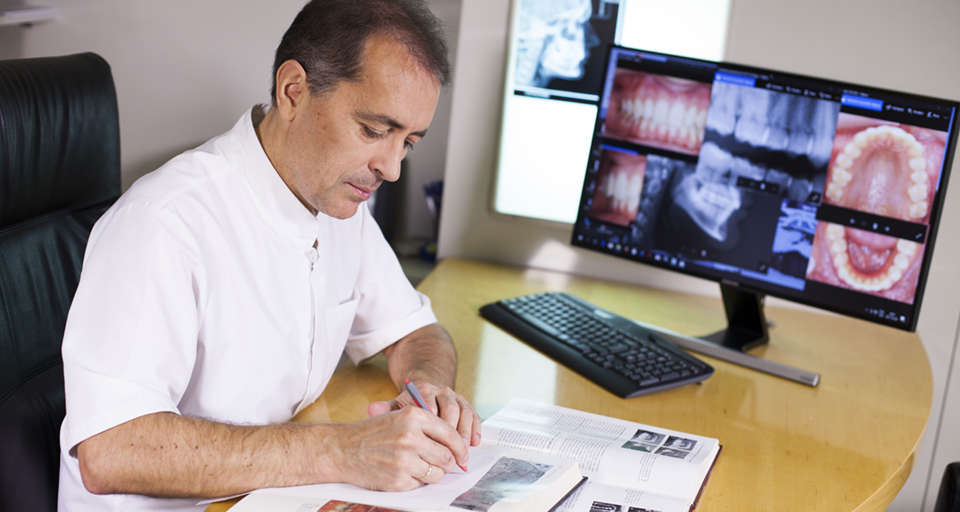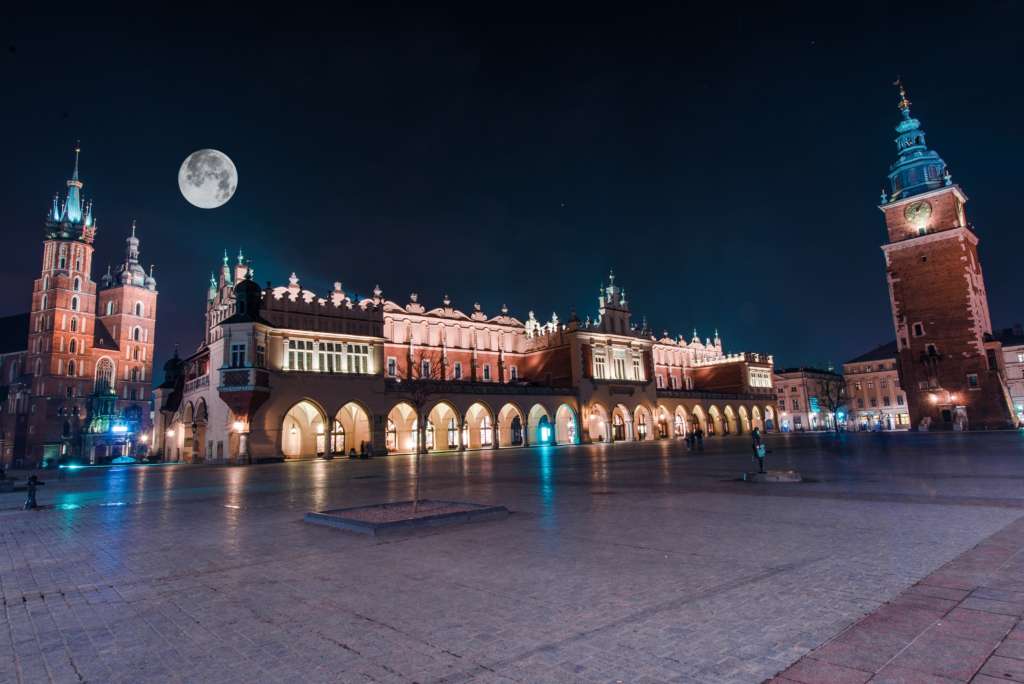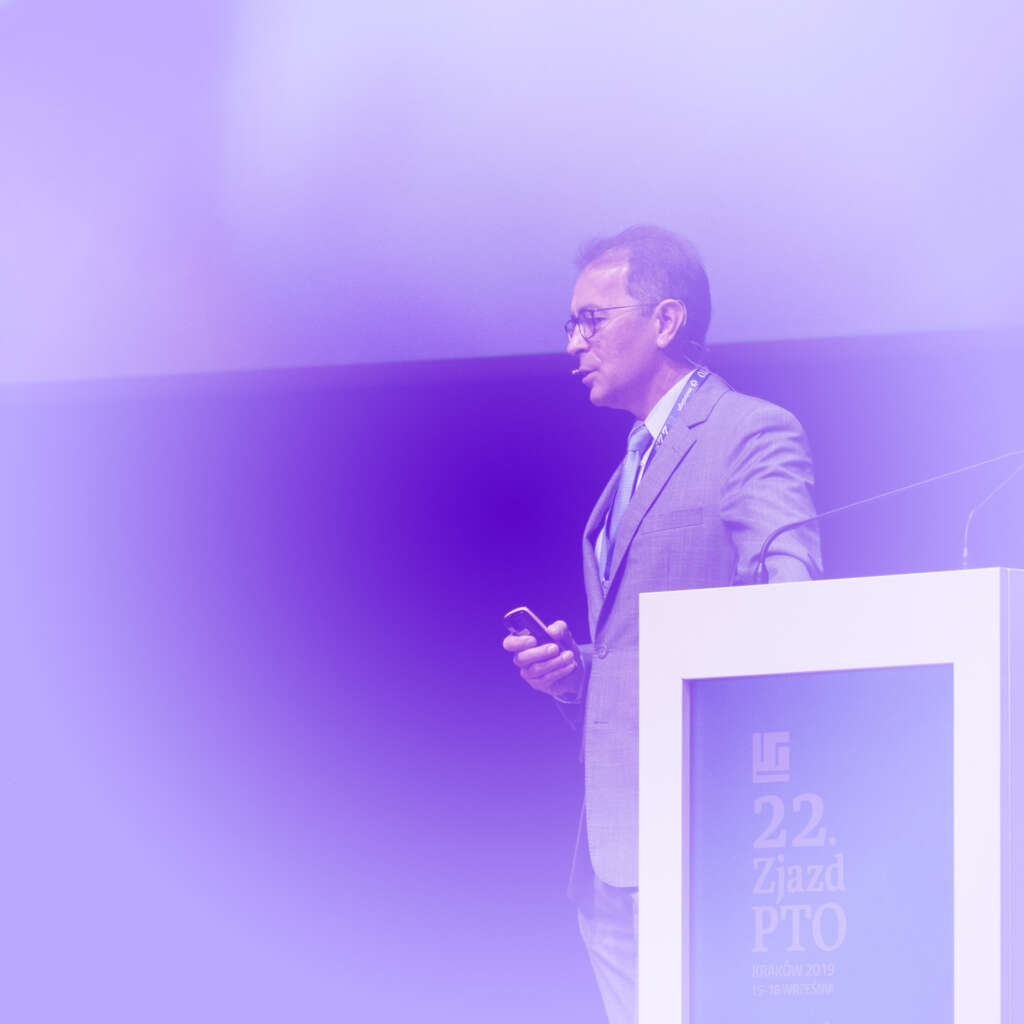One-stage (Warsaw) and two-stage (Oslo) repair of unilateral cleft lip and palate: Craniofacial outcomes.
Written by admin on September 8, 2015
J Craniomaxillofac Surg. 2015 Sep;43(7):1224-31. doi: 10.1016/j.jcms.2015.04.027. Epub 2015 May 9.
Fudalej PS(1), Wegrodzka E(2), Semb G(3), Hortis-Dzierzbicka M(4).
Author information:
(1) Department of Orthodontics and Dentofacial Orthopedics, University of Bern,
(Head: Prof. Christos Katsaros), Freiburgstrasse 7, CH-3010 Bern, Switzerland;
Department of Orthodontics, Medical Faculty of Palacký University, (Head: Assoc.
Prof. Milos Spidlen), Palackeho Str. 12, 772 00 Olomouc, Czech Republic.
Electronic address: Piotr.Fudalej@zmk.unibe.ch.
(2) Private Practice, Warsaw, Poland.
(3) School of Dentistry, University of Manchester, (Head: Prof. Paul Coulthard),
Higher Cambridge Street, Manchester M15 6FH, United Kingdom.
(4) Laboratory of Speech Pathology and Upper Airway Endoscopy, Institute of
Mother and Child, (Head: Assoc. Prof. Maria Hortis-Dzierzbicka), Kasprzaka Str.
17A, 01-211 Warsaw, Poland; Department of Otolaryngology and Maxillofacial
Surgery, Universitary Clinical Hospital, (Head: Prof. Andrzej Kukwa), Warszawska
Str. 30, 10-082 Olsztyn, Poland.
The aim of this study was to compare facial development in subjects with
complete unilateral cleft lip and palate (CUCLP) treated with two different
surgical protocols. Lateral cephalometric radiographs of 61 patients (42 boys,
19 girls; mean age, 10.9 years; SD, 1) treated consecutively in Warsaw with
one-stage repair and 61 age-matched and sex-matched patients treated in Oslo
with two-stage surgery were selected to evaluate craniofacial morphology. On
each radiograph 13 angular and two ratio variables were measured in order to
describe hard and soft tissues of the facial region. The analysis showed that
differences between the groups were limited to hard tissues – the maxillary
prominence in subjects from the Warsaw group was decreased by almost 4° in
comparison with the Oslo group (sella-nasion-A-point (SNA) = 75.3° and 79.1°,
respectively) and maxillo-mandibular morphology was less favorable in the Warsaw
group than the Oslo group (ANB angle = 0.8° and 2.8°, respectively). The soft
tissue contour was comparable in both groups. In conclusion, inter-group
differences suggest a more favorable outcome in the Oslo group. However, the
distinctiveness of facial morphology in background populations (ie, in Poles and
Norwegians) could have contributed to the observed results.
Copyright © 2015 European Association for Cranio-Maxillo-Facial Surgery.
Published by Elsevier Ltd. All rights reserved.
DOI: 10.1016/j.jcms.2015.04.027
PMID: 26095138 [Indexed for MEDLINE]




